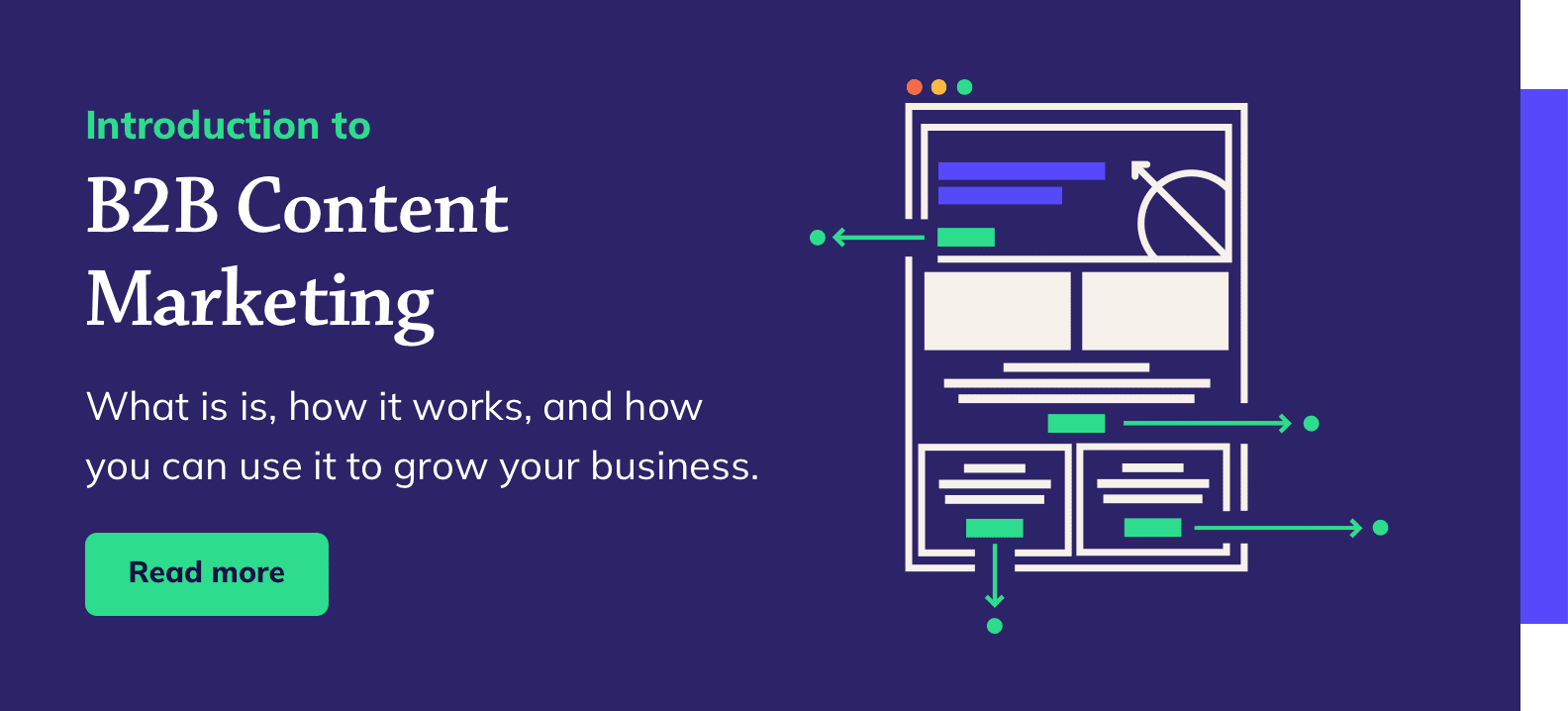The company that understands their buyers' questions and answers them with content can beat their larger competition where it matters, in search and social media, for a much lower budget.
The shift in B2B buyer behaviour toward online research and self service has created an opportunity for SMEs to compete against their larger peers on an (almost) level playing field.
Modern buyers give most of their attention to the content and companies that they discover in organic search results and through social media (the digital equivalent of word of mouth), meaning that buyer attention is no longer as easily bought as it once was.
In the days when marketing results could be bought - larger lists, more emails and bigger advertising budgets were closely related to campaign success.
Mind over money
Nowadays, these marketing tactics are less and less effective, and success is much more correlated with how well you understand your ideal buyer and how much knowledge you are prepared to share with them.
More money does not, necessarily, buy you the power to think like the customer you want to serve, genuinely empathise with their situation, and try to solve some of their problems through content without asking for anything in return.
By creating content that addresses buyers' real challenges in a genuine, un-biased and educational way, any business can rise to the top of relevant Google searches, generate social engagement and, ultimately, drive more quality traffic to their website.
Your big competitors have exactly the same opportunity as you but, ironically, they can find it much harder to execute the strategies required. After all, big ships take longer to turn.
To embrace content marketing and beat your larger competition in the battle for your buyer's attention, here's what you need to do.
Know who you are selling to
Understanding exactly who you are best able to help is the foundation of successful content marketing.
Before creating any new content, take the time to define your:
- Ideal buyer - the type of company you want to sell to
- Personas - the people in those companies that are most able, likely and willing to buy from you
- Positioning - the message you give out when people first discover you, on your website home page for example.
Persona is the most talked about of these three components of successful content marketing. Personas are a tool for the identification of the objectives and challenges faced by your target audience. They create a focal point for content marketing that keeps your efforts trained on the right topics, keywords and visitors.
Having good personas is vital for driving inbound traffic and generating leads. But knowing what your ideal buyer looks like and positioning your brand appropriately for them ensures you can turn traffic and leads into revenue.
Understand Search Engine Optimisation
Content marketing is also an SEO strategy - a methodology for systematically appearing in more long-tail search query results and ranking more highly in competitive short-tail ones.
Understanding how the different types of content you produce align to your buyers search engine use puts you on the fast track to bigger results.
Individual blog posts should, more often than not, answer naturally worded questions that are common among your personas. They should be hyperlinked to your core website pages, using consistent keywords and phrasing, so that search engines crawling them receive strong signals as to what your website it about.
Website pages should always be optimised for attractive, relevant and more difficulty short tail keywords.
Create great content
There is no replacement for simply knuckling down and creating some useful content.
Every day, potential buyers, at all stages of the decision making process, are searching for information that you can provide.
Many of these are at the top of the funnel, still at the awareness stage and searching for answers to their questions and problems - exactly the sort of things you should be blogging about.
Others are near the bottom of the funnel, at the consideration or decision stage, looking for potential solutions, or even suppliers - using terms that you can rank well for with a robust content marketing and SEO strategy in operation.
While there are many forms of content you can create, and as many ways again to promote that content, written blog content should be your cornerstone. Blogging is the easiest initiative to get started with and, subsequently, to get right. And given how text-driven search still is, it's also one of the most reliable.
Be ready
With content creation up and running, your business can be found by many more potential buyers at all stages of the decision making process.
B2B leads rarely follow a pattern, so be ready for opportunities to come from any direction - and don’t dismiss the role content marketing if they don’t all follow the path set out for them.
Typically, in B2B inbound marketing, good content marketing leads to more bottom-of-the-funnel enquiries through the website and calls from purchase ready prospects.
Ideally, top-of-the-funnel visitors, who are probably not ready to buy, would be converted into leads through some sort of conversion offer, and registered for future nurturing.
Crucially, by creating content that helps buyers with their self-service research you are providing a service that many of your larger competition may not be, meaning you can earn the trust of buyers and become their preferred supplier before the competition are even considered.








